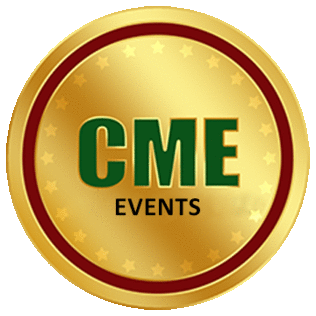
Golke A
Warsaw University of Life Sciences, Poland
Title: The assessment of equine herpesvirus type 1 (EHV-1) replication in equine dermal cells stimulated with synthetic TLR ligands
Biography
Biography: Golke A
Abstract
The body's ability to fight viral infection depends on the effective activation of the innate immune response. Activation of specific pattern recognition receptors (PRRs), including toll-like receptors (TLRs) triggers the production of pro-inflammatory cytokines, including interferons, which should lead to inhibition of viral replication. Because viruses have developed a number of mechanisms to interfere with TLR signaling, synthetic TLR activators can be considered as potential antiviral drugs. In the present study we have been investigating the effect of TLR synthetic ligands on the replication of equine herpesvirus type 1 (EHV-1) in ED cell line (equine dermal). Two different TLR ligands were used: TLR2/TLR6 ligand - Pam2CSK4 (0.1-100 μg/ml) and TLR9 ligand - ODN D-SL03 (1-10 μM/ml). The effect of TLR ligands on EHV-1 replication was assessed basing on the cytopathic effect and the quantitative evaluation of the number of viral DNA copies in the cells and the culture medium (real-time PCR). Both, on the basis of the cytopathic effect evaluation and the number of viral DNA copies quantification the antiviral activity of Pam2CSK4 at concentrations 10 μg/ml and 100 μg/ml was observed. No significant effect of ODN D-SL03 on EHV-1 replication was observed. However, preliminary observations based on the cytopathic effect evaluation showed that Pam2CSK4 at a concentration of 100 μg/ml in combination with ODN D-SL03 at a concentration of 10 μM/ml inhibited EHV-1 replication more efficiently than each of them individually. This stays with agreement with other studies, which show that it is necessary to stimulate both, TLR2 and TLR9 to trigger an effective immune response against herpes viral infections.

